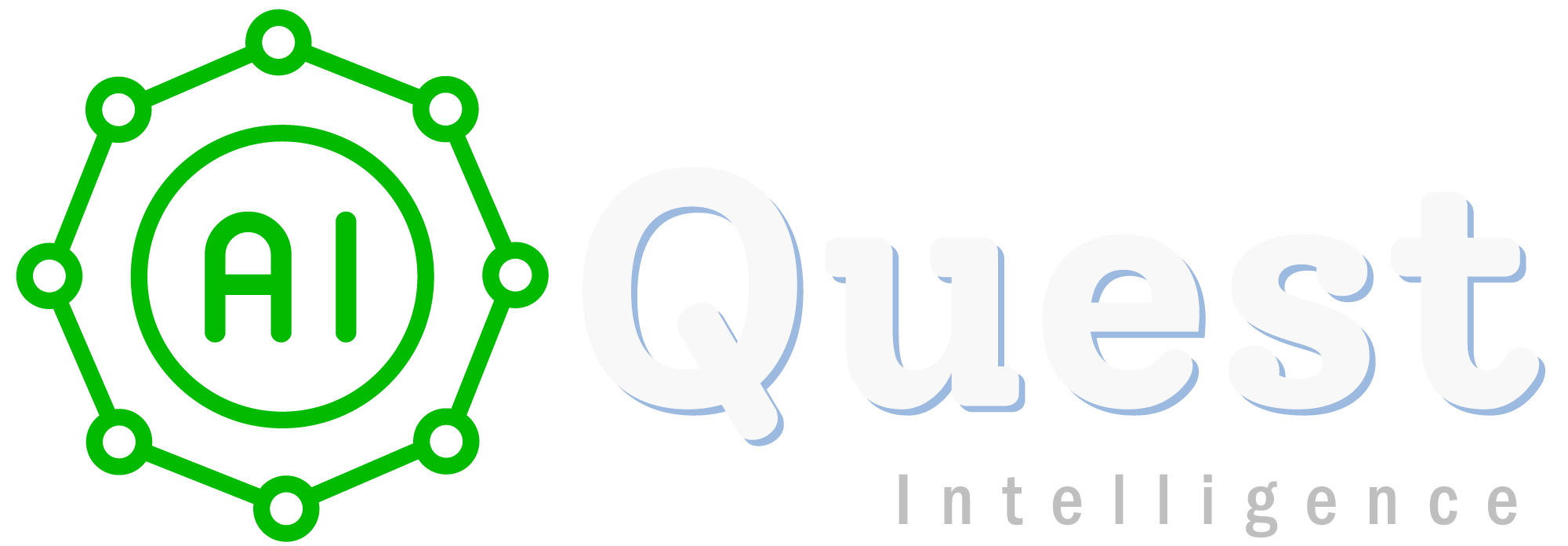- Who is a Data Analyst?
A data analyst is a professional who collects, interprets, and analyzes large sets of data to uncover patterns, trends, and insights that can inform business decisions. Data analysts use various statistical and analytical techniques to examine data, identify correlations, and draw meaningful conclusions. They play a crucial role in helping organizations understand their data, solve problems, and make informed decisions based on evidence.
- Responsibilities of a data analyst typically include:
- Collecting and organizing data from different sources.
- Cleaning and preprocessing data to ensure accuracy and consistency.
- Performing exploratory data analysis to identify patterns, trends, and outliers.
- Applying statistical techniques to analyze data and draw insights.
- Developing and maintaining data models and databases.
- Creating data visualizations, charts, and reports to effectively communicate findings.
- Collaborating with stakeholders to understand their data requirements and provide actionable insights.
- Identifying areas for process improvement and recommending data-driven solutions.
- Staying updated on the latest data analysis techniques, tools, and industry trends.
Data analysts work in various industries such as finance, marketing, healthcare, e-commerce, and more. They often work alongside data scientists and other professionals to support data-driven decision-making within organizations. Effective data analysts possess strong analytical and problem-solving skills, attention to detail, and proficiency in data analysis tools and programming languages such as SQL, Python, or R.
In this article, we will outline a step-by-step guide to help you embark on a successful journey to becoming a Jr. Data Analyst. We will explore relevant examples, highlight essential tools and their functionalities, and discuss the challenges and responsibilities you may encounter along the way.
Step 1: Develop Strong Analytical Skills
Data analysis requires a keen analytical mindset. Enhance your analytical thinking by practicing problem-solving exercises, logical reasoning, and critical thinking. Engage in activities that develop your ability to interpret and analyze data effectively.
- Example: Analyzing sales trends for a retail company to identify factors impacting revenue growth or decline.
Step 2: Gain Proficiency in Spreadsheet Tools
MS Excel is a fundamental tool for data analysis. Learn how to organize and manipulate data using functions, formulas, and pivot tables. Understand how to perform data cleansing, create visualizations, and generate meaningful insights.
- Example: Analyzing customer survey data to identify patterns and preferences for targeted marketing strategies.
Step 3: Master Data Visualization
Data visualization is crucial for communicating insights effectively. Familiarize yourself with visualization tools like Tableau, Power BI, or Google Data Studio. PowerBi is the most widely used data visualization tool. Learn to create interactive charts, graphs, and dashboards that present data in a visually appealing and understandable manner.
- Example: Creating a dashboard to display key performance indicators for a marketing campaign, enabling stakeholders to track progress and make data-driven decisions.
Step 4: Learn SQL for Data Manipulation
Structured Query Language (SQL) is essential for extracting, manipulating, and analyzing data from databases. Understand SQL syntax, join operations, filtering, and aggregations to perform complex data queries efficiently. Learn!
- Example: Querying a customer database to analyze purchasing patterns and identify customer segments for targeted marketing campaigns.
Step 5: Acquire Statistical Knowledge
Data analysis involves applying statistical techniques to draw meaningful conclusions. Learn statistical fundamentals such as hypothesis testing, correlation, regression analysis, and probability theory. Familiarize yourself with statistical software like Python libraries (e.g., pandas, NumPy, scipy).
- Example: Conducting A/B testing to evaluate the effectiveness of two website layouts in driving user engagement.
Step 6: Embrace Data Analytics Tools
Expand your toolkit by learning specialized data analytics tools. For instance:
– Python: Utilize libraries like pandas, NumPy, and scikit-learn for data manipulation, analysis, and machine learning. Learn!
– R: Leverage R’s extensive statistical packages for advanced data analysis and modeling.
– Google Analytics: Gain proficiency in web analytics tools to track website performance and user behavior.
- Example: Using Python and scikit-learn to build a predictive model for customer churn analysis.
Step 7: Develop a Problem-Solving Mindset
Data analysts are problem solvers. Embrace a proactive approach to identify data-related challenges, propose solutions, and implement improvements. Continuously seek opportunities to apply data analysis techniques to real-world scenarios.
- Example: Analyzing website traffic data to identify bottlenecks and suggest optimization strategies for improved user experience.
Step 8: Communication and Collaboration
Data analysts work closely with various stakeholders. Develop effective communication skills to present complex findings in a clear and concise manner. Collaborate with team members, actively seek feedback, and adapt to evolving project requirements.
Example: Presenting data-driven insights to a cross-functional team, enabling them to make informed business decisions.
Becoming a data analyst requires a combination of analytical skills, technical expertise, and effective communication. By following this step-by-step guide, mastering relevant tools, and embracing real-world examples, you can embark. Learn all the essential skills from Become a Data Analyst!
Author:
.

